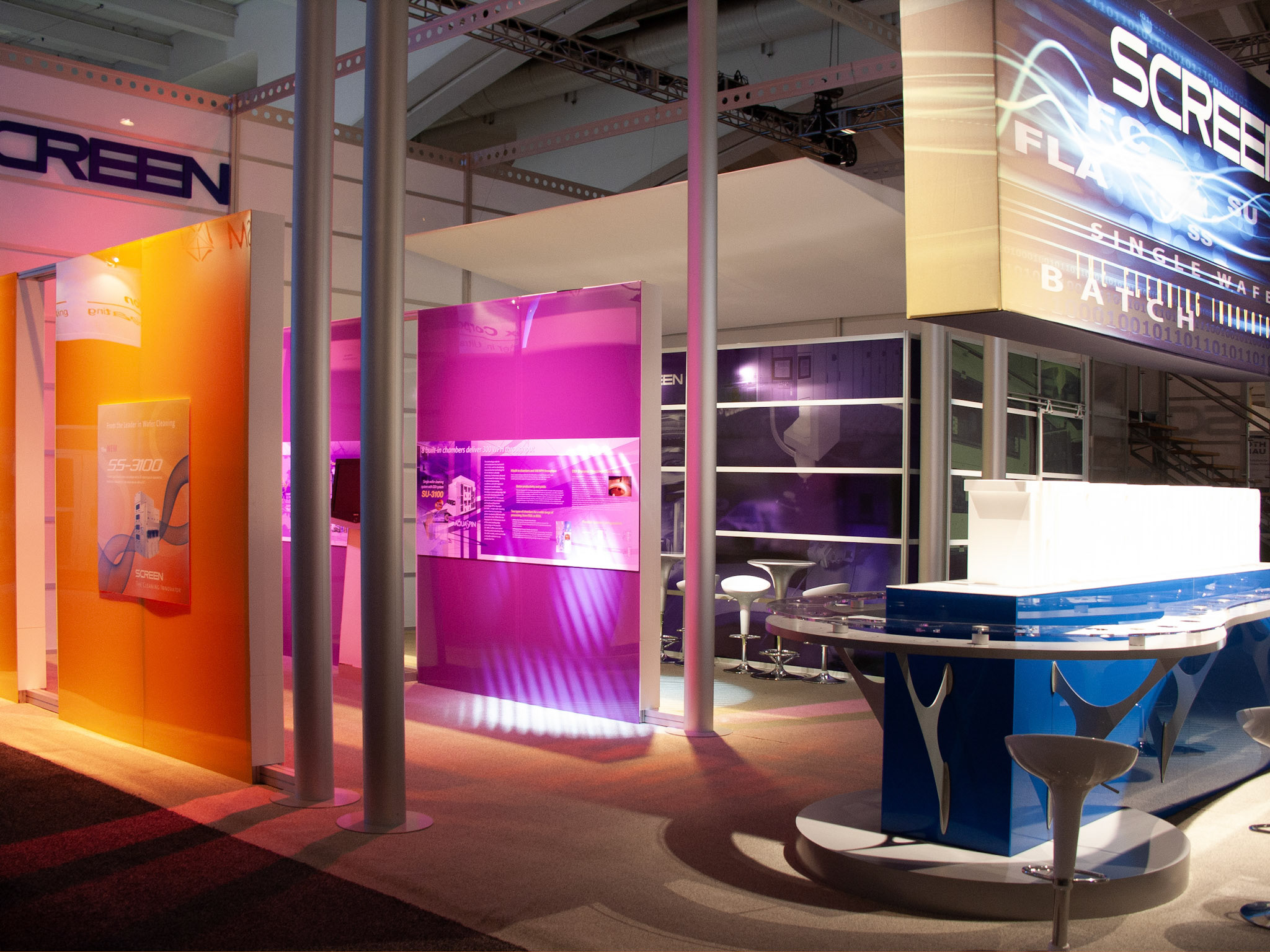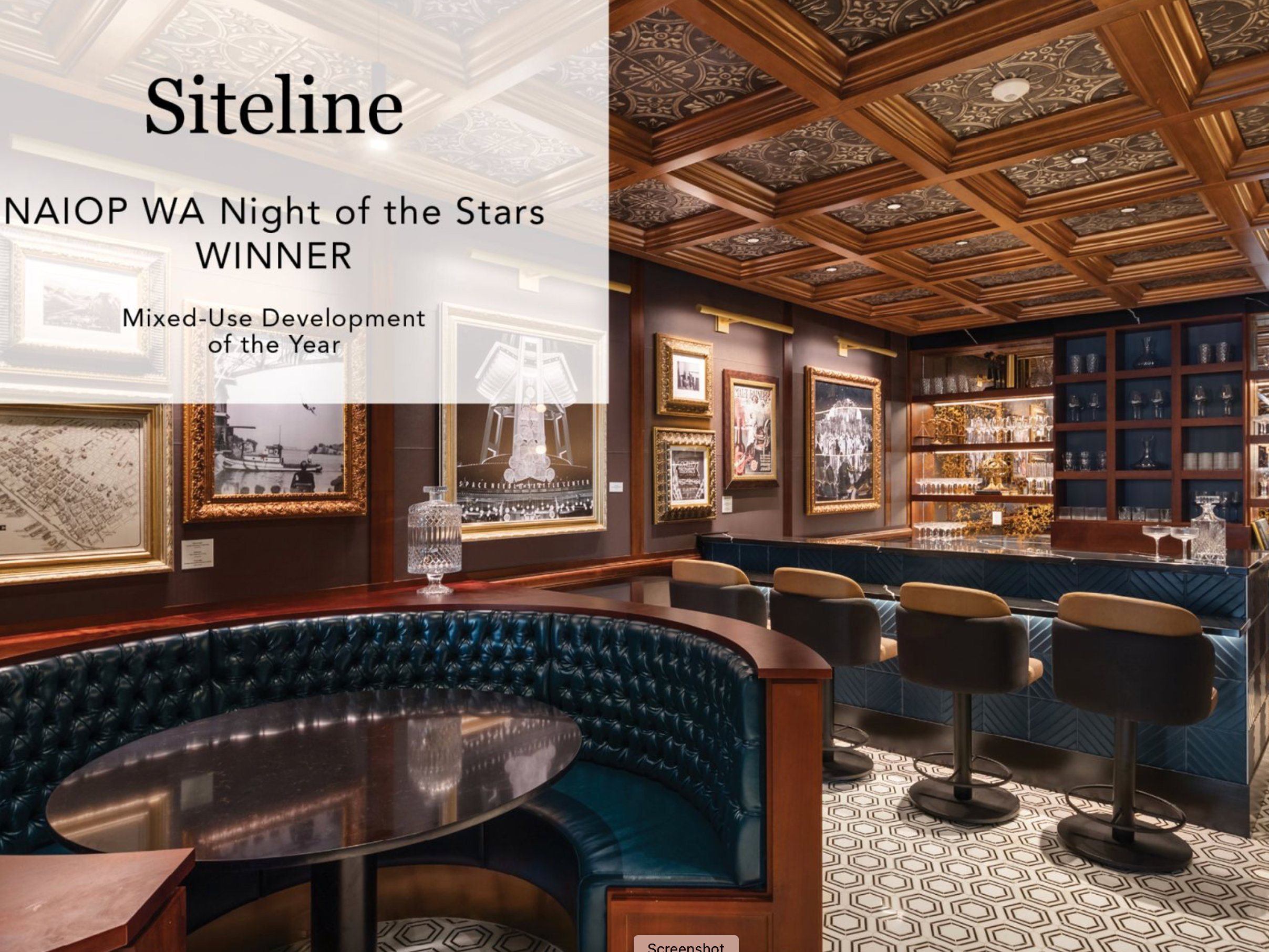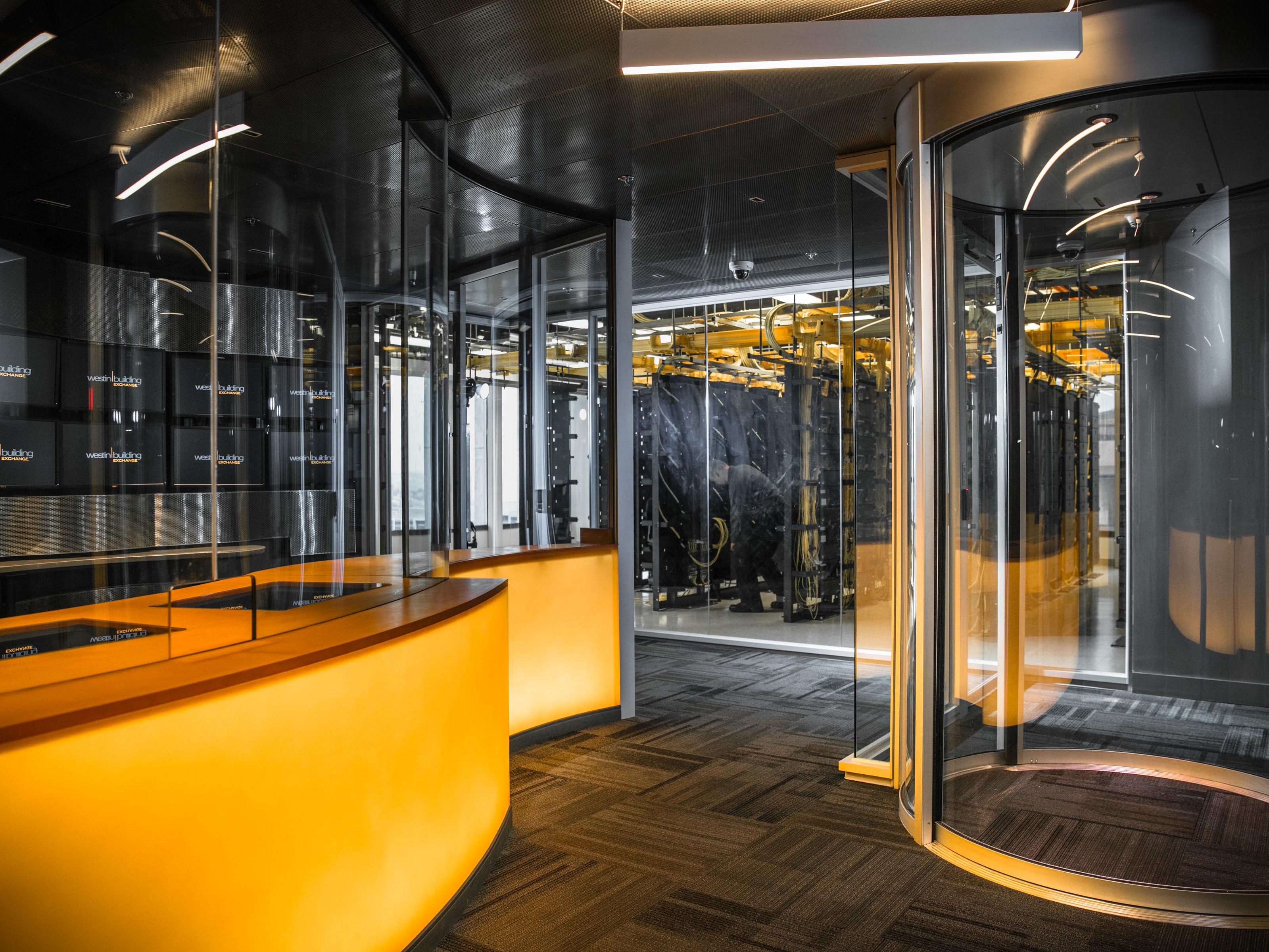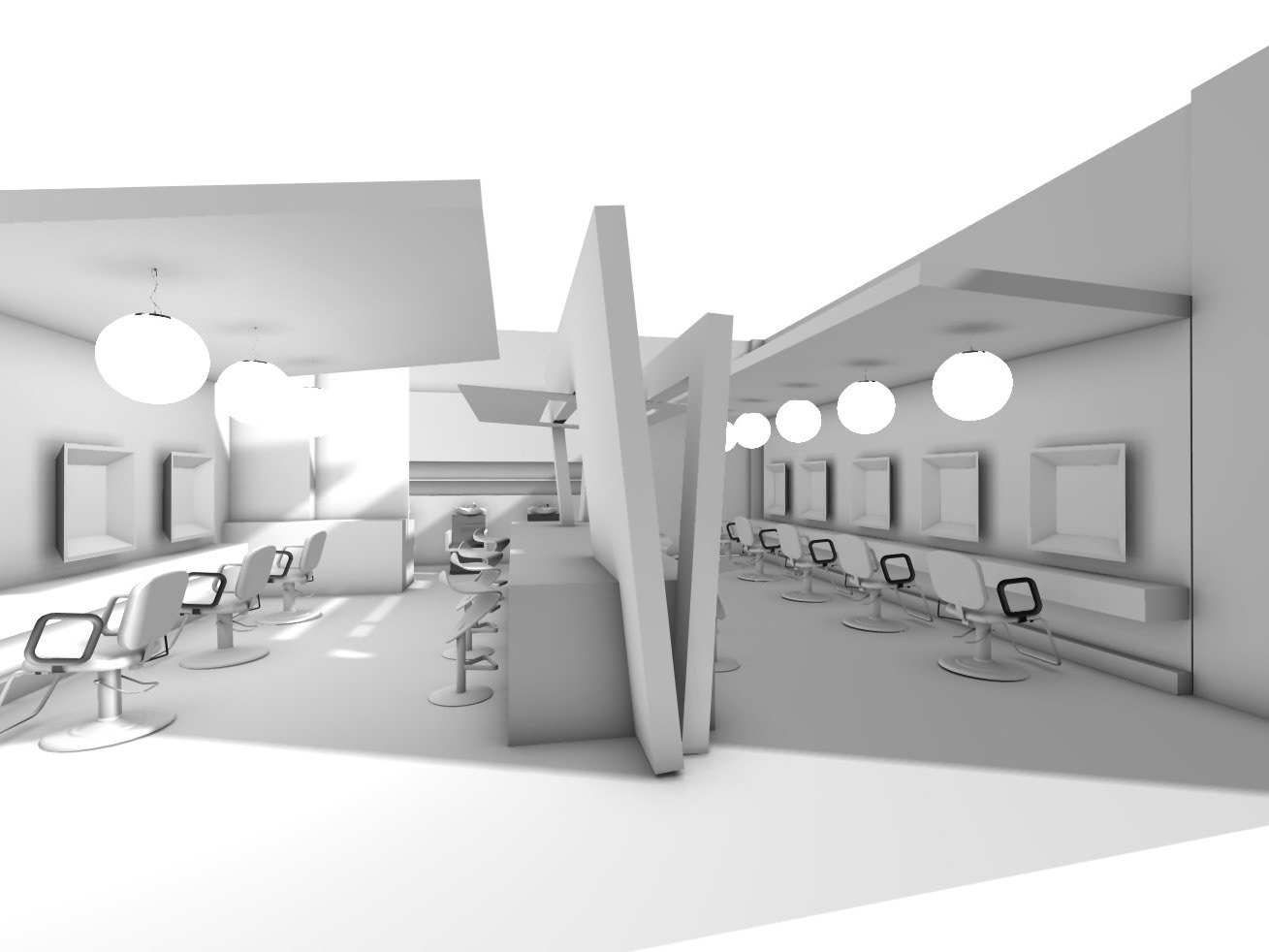Designing interiors is uniquely exciting because its core value is experiential. It’s meant to exude emotion and evoke various reactions. As designers, we must use architecture to define the space and understand how to guide movement through its volumes.
Materials are crucial. They augment the forms and shapes, support the emotional sphere, and control texture. Every choice in material, from flooring to fabrics, plays a role in the overall atmosphere of the space.
Lighting, one of the favorites, makes all the difference. It enhances textures, highlights architectural features, and sets the mood. Proper lighting design transforms a space, making it dynamic and engaging.
Color schemes are another vital element. Colors can influence emotions and perceptions, and choosing the right palette can make a space feel warm, inviting, and cohesive.
Furniture and decor must not only be functional but also align with the aesthetic and emotional goals of the design. Each piece should contribute to the narrative of the space.
Our role as interior designers is to balance these elements, creating environments that are both beautiful and functional, and that resonate on an emotional level with their inhabitants.










